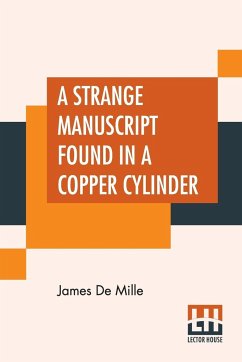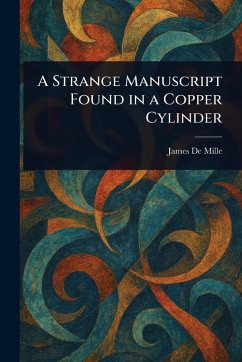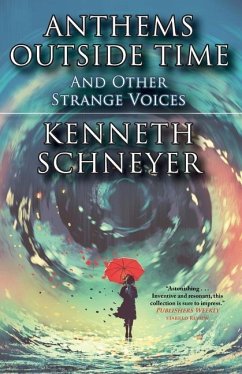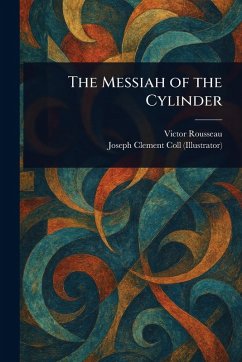
A Strange Manuscript Found in a Copper Cylinder
Versandkostenfrei!
Versandfertig in 1-2 Wochen
20,99 €
inkl. MwSt.

PAYBACK Punkte
10 °P sammeln!
James De Mille was a 19th century Canadian author known for his wit and humor. Before becoming a professor De Mile traveled extensively in Italy, which became the scene for many of his books. De Mille's popular fiction included thrillers, such as The Cryptogram, comic novels of adventure, such as The Dodge Club; or, Italy in 1859, and historical romances, such as A Tale of Rome in the First Century. His series Brethren of the White Cross was the first series for young readers published in Canada. A Strange Manuscript Found in a Copper Cylinder published in 1888 is a story set in a future time ...
James De Mille was a 19th century Canadian author known for his wit and humor. Before becoming a professor De Mile traveled extensively in Italy, which became the scene for many of his books. De Mille's popular fiction included thrillers, such as The Cryptogram, comic novels of adventure, such as The Dodge Club; or, Italy in 1859, and historical romances, such as A Tale of Rome in the First Century. His series Brethren of the White Cross was the first series for young readers published in Canada. A Strange Manuscript Found in a Copper Cylinder published in 1888 is a story set in a future time when humanity becomes a conformist society with no inspiration to develop creative ideas.














